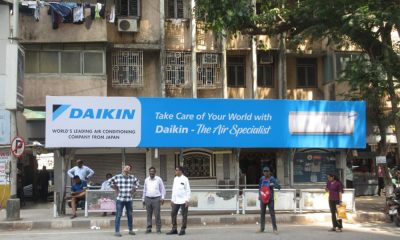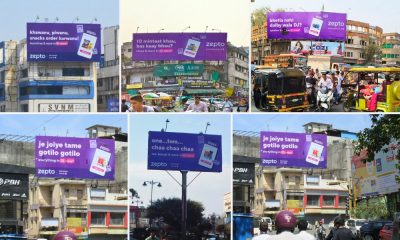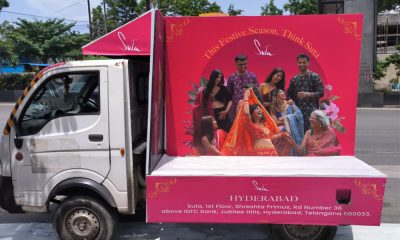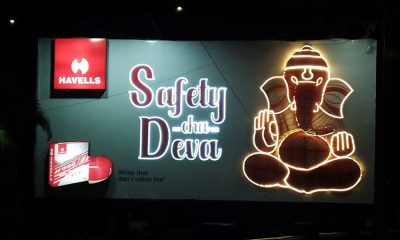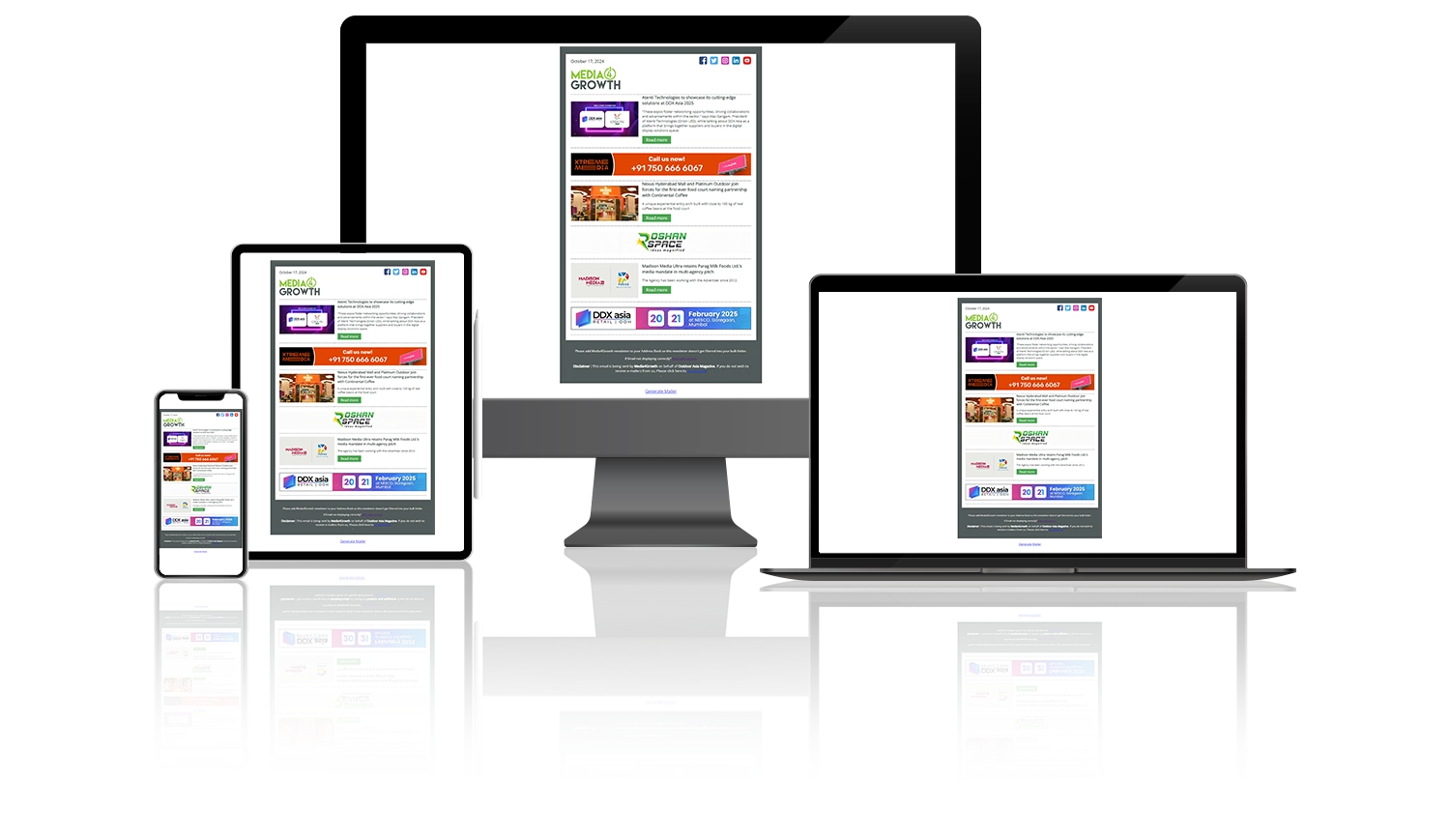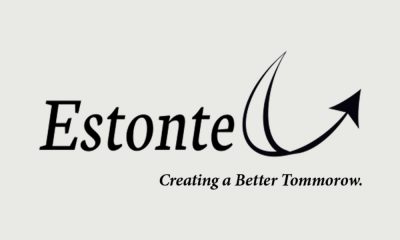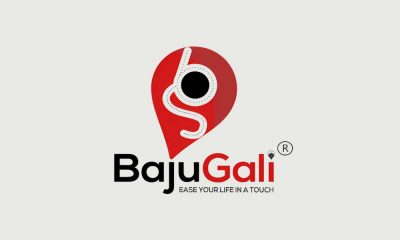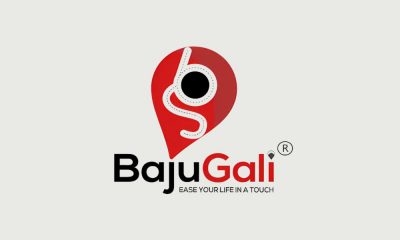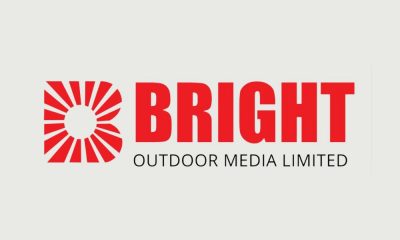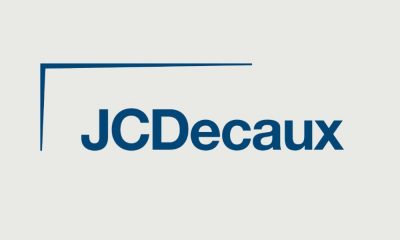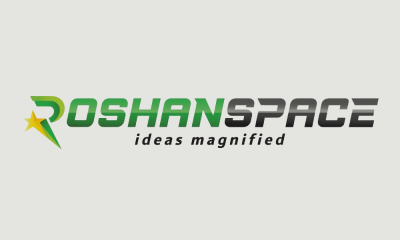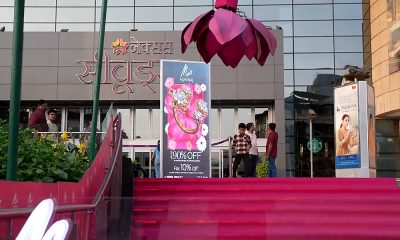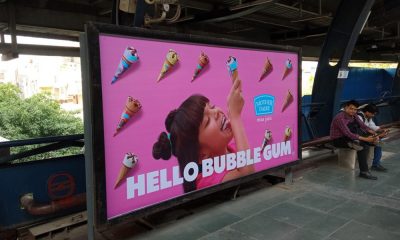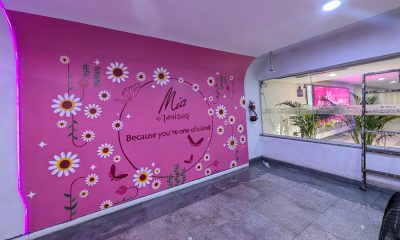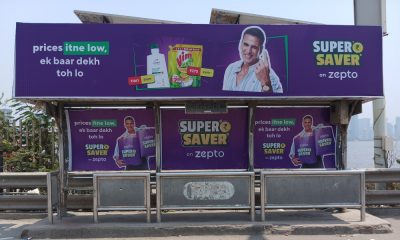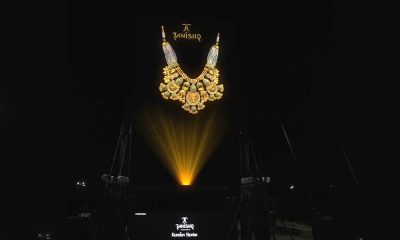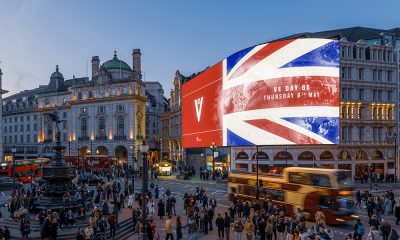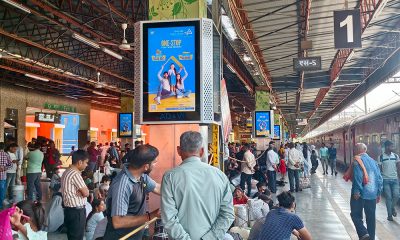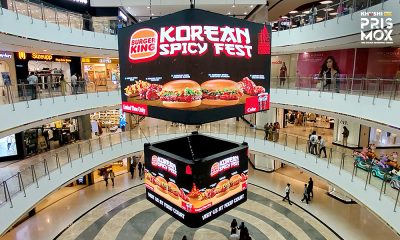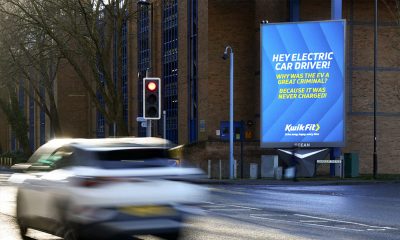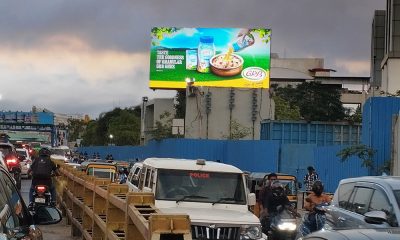Brand Insights
Brands compete shoulder-to-shoulder in the outdoor
It is not uncommon to see two competing brands making their value propositions in the outdoor in close proximity of each other, often from the very same location.
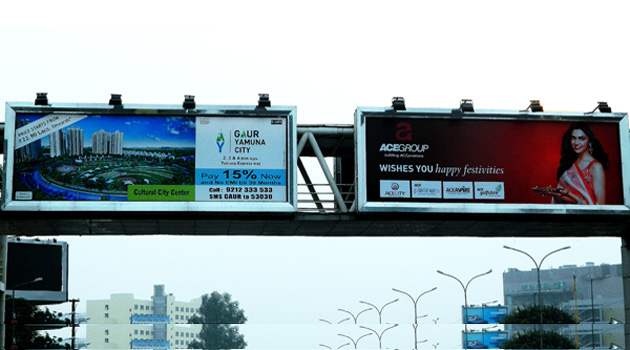 On the OOH landscape every brand gets its own individual slot to convey its message. However, in the busy locations, sometimes competing brands find sites that are within close proximity of each other. This is particularly seen on the arterial roads in big cities.
On the OOH landscape every brand gets its own individual slot to convey its message. However, in the busy locations, sometimes competing brands find sites that are within close proximity of each other. This is particularly seen on the arterial roads in big cities.
Location is a big factor in OOH advertising. It can make or break a campaign. “OOH is all about people and places (locations). It plays a quintessential role in the success of a campaign because it is location that ensures visibility, connects with the right audience and delivers maximum impact. Every campaign’s definition of success is efficacy, reach, and visibility which are closely linked to a singular aspect of location. Thus, if the location is right you would have got most things right, explains Haresh Nayak, APAC Regional Director, Posterscope.
 In a similar vein, Aneil Deepak, Executive Director, DDB Mudra Group & Head of Ideas, DDB MudraMax comments that locations are more important than the billboards themselves.
In a similar vein, Aneil Deepak, Executive Director, DDB Mudra Group & Head of Ideas, DDB MudraMax comments that locations are more important than the billboards themselves.
“During the days of telecom category advertising boom in the outdoor industry, one brand desperately used to take the same location and site which was earlier taken up by a competitor brand. And this competition over locations led to increase in prices of sites, recalls Prashant Mishra, Regional Head — OOH North, Milestone Brandcom.
Yet most brands apparently do not give any specific brief on site selection. “The strength of OOH is micro-targeting. Planning gets interesting when the brand has loads of data points. Unfortunately, the only brief we get are the standard SEC ABC, 20-45, Male/Female, high traffic locations briefs, shares Deepak.
“Clients’ briefs are mainly focused on the TGs and their presence. Hence, we consider high traffic junctions, arterial routes, and catchment areas which are picked very strategically, adds Nayak.
On the same plane
When the campaign objectives of competing brands intersect, there is a high likelihood of the brands being seen at the same locations. “Competition for locations happens due to the same TG and their profiling. This happens more in Delhi as it is spread in circle whereas Mumbai is spread perpendicularly. Also, in a particular city, there are few recognised arterial roads, markets and zones where all brands like to be displayed and it often becomes essential to tap those areas to get more eyeballs, says Mishra.
 “We all understand that when its competition then the basic TG profiling will be same and so will be their presence in the city. Considering that, the media plan is based on the logic and science as to where the consumer is present and what media is available there. So, no brand should have an objection to it, explains Nayak.
“We all understand that when its competition then the basic TG profiling will be same and so will be their presence in the city. Considering that, the media plan is based on the logic and science as to where the consumer is present and what media is available there. So, no brand should have an objection to it, explains Nayak.
 Deepak shares a real example: “We were on the receiving end of the Jet Airways – Kingfisher billboards. When we put up a billboard that said’We’ve changed’, Kingfisher took a billboard above us and said’We made them change’.
Deepak shares a real example: “We were on the receiving end of the Jet Airways – Kingfisher billboards. When we put up a billboard that said’We’ve changed’, Kingfisher took a billboard above us and said’We made them change’.
Tools for location selection
Interestingly, the Indian OOH agencies have developed their individual software which tells the best suited location as per the client briefing. “The finalisation of location depends on one very important criterion and that is the target audience. We select locations central to the kind of TG the brand wants to reach basis OCS and other studies. Depending on the demographics, routines, and psychographics we choose the locations and formats, while keeping in view the larger strategy and need. For instance, if we choose Mumbai’s Mahim Causeway as a location, there we would further analyse as to what would be more appropriate — a gantry or a billboard. This is decided based on the creative, the communication need and the overall approach of the brand and the media plan. We have a Prism Suite of Tools which help us do media mapping around the TG touch point and accordingly we prepare media plans for clients which has lot of science and logic, says Nayak.
“DDB MudraMax has developed some very interesting tools like’Maxvu’ that map the brand’s target audience by their interests, tastes and occupations, points out Deepak.
 Likewise, Mishra says, “Milestone Brandcom also launched a Milestone Optimizer which is a new measurement matrix called Gross Impression Points (GIP) that measures the reach and frequency of an OOH campaign, thus serving as a holistic planning solution. There are more than 50 parameters through which we select locations.
Likewise, Mishra says, “Milestone Brandcom also launched a Milestone Optimizer which is a new measurement matrix called Gross Impression Points (GIP) that measures the reach and frequency of an OOH campaign, thus serving as a holistic planning solution. There are more than 50 parameters through which we select locations.
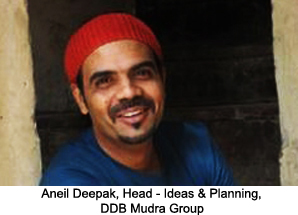 Mishra adds: “We try to look from the end user’s perspective. We try to reach colonies and residential areas because there is less clutter at such places. Most of the brands select places like markets and high-traffic locations which are badly cluttered. We try to reach relevant parts that are closer to the TG.
Mishra adds: “We try to look from the end user’s perspective. We try to reach colonies and residential areas because there is less clutter at such places. Most of the brands select places like markets and high-traffic locations which are badly cluttered. We try to reach relevant parts that are closer to the TG.
Deepak opines that “unfortunately there is nothing much brands can do, since you can’t control who puts up a site. You can either laugh, take it on your chin and move on or retort. I haven’t seen many brands responding to such tactics, because there is no end to this chatter.
Nayak observes, “We really don’t look at it this way, we rather believe in creating a campaign and creative which speak for itself without competition and or without negative play. We choose what is needed and preferred.
The jury is still out on the likely result of competing brands advertising from common locations.
-

 OOH Industry
OOH IndustryData-driven media buying: Lessons from Jun Sakurai on Japan’s OOH evolution
-
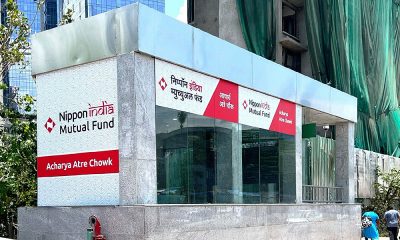
 OOH Industry
OOH IndustryNippon India Mutual Fund acquires station branding rights for Acharya Atre Station on Mumbai Metro Line 3.
-

 DOOH
DOOHMake Outdoor creative again: Tim Bleakley rallies the ad industry
-

 Planning & Buying
Planning & BuyingIt’s Spotlight takes over digital screens at CP.67 mall, Mohali
